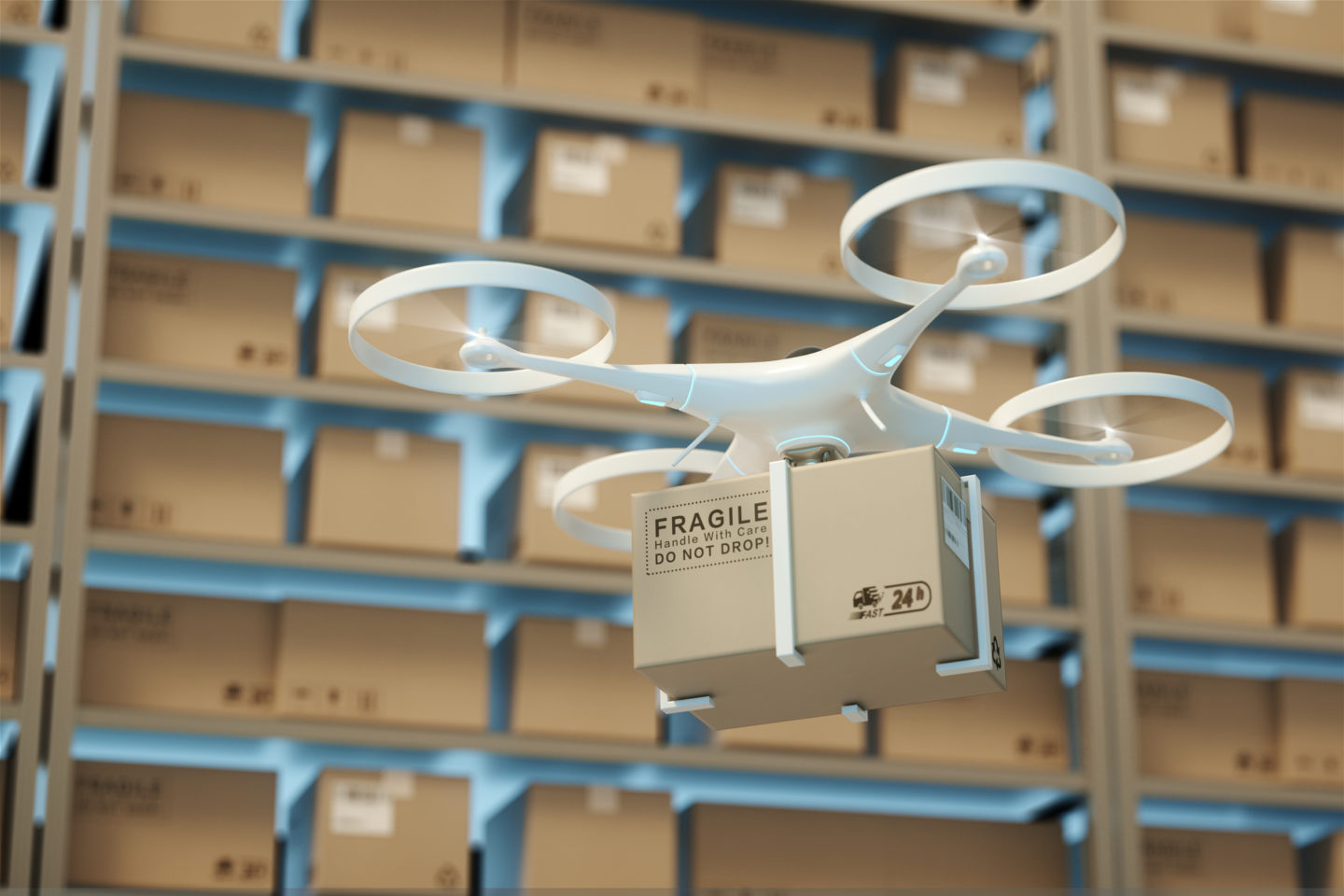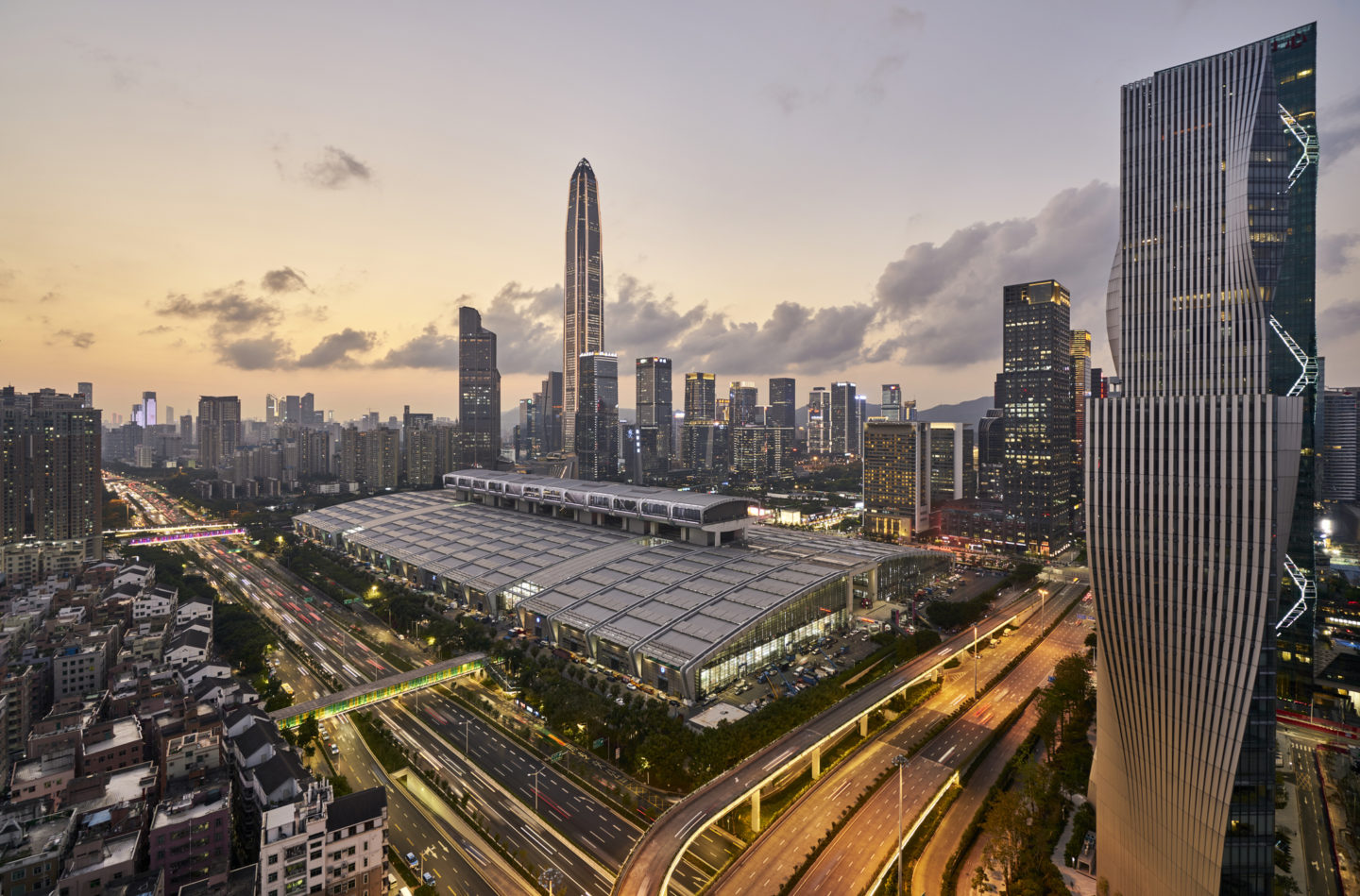AI-enhanced design and production processes will lie at the heart of China’s high-tech manufacturing future, says Chadwick Xu, CEO of engineering technology firm, Shenzhen Valley Ventures (SVV).
Shenzhen has built its wealth and reputation above all by being a high-tech manufacturer – producing information and communications technology (ITC) goods for the world. Is this its future?
High-tech manufacturing will be just one part of Shenzhen’s industrial future. Market-size wise, manufacturing likely won’t account for anywhere near as high a percentage of GDP as the around 40% it amounts to today, as services grow in importance.
But manufacturing isn’t going to go away, either. If you look at the history of Shenzhen’s development, you find very diversified categories, from its high-tech giants like Huawei and drone-maker DJI to tiny family workshops. Its success has come as a result of a vigorous eco-system in which all kinds of business can fit in and flourish.
So how do you see Shenzhen augmenting its role as an ITC manufacturing base?
In the larger picture, what drives evolution is better products in general, not just high-tech ones. Because of this, quality will become the dominant characteristic of Made in Shenzhen products. By quality, however, I don’t just mean the quality of the final item, but everything that goes into them – their materials, workmanship, durability and reliability, external aesthetics, their ergonomics and their UI/UX (user interface/user experience), and the processes used to make them.
On the demand side, the further development of automation and streamlining of manufacturing processes will make the C2M (consumer-to-manufacturing) model reachable. Consumers and manufacturers will be able to directly connect with each other for the production of low-priced customised products.
And on the supply side, C2M – perhaps better expressed as M2C – will create a space where niche brands can target precise groups of consumers. Volumes may be low, but so will production costs, leading to the creation of a whole new manufacturing business model positioned between mass production and one-off tailored goods.
ITC goods will be one of the backbone sectors in this future as local firms continuously create new tech electronic products. But with the help of artificial intelligence (AI), we’re also going to be able to provide more machinery, equipment and tools for other industries to accomplish processes that can’t be achieved today, at a much higher efficiency.
This increased efficiency means that in the not-so-distant future, we’ll be able to produce the materials and inputs for all industries in a truly sustainable manner. For the first time in our history, having enough material will not be a problem any more.
What are you doing at Shenzhen Valley Ventures to help realize this future?
SVV’s main focus is providing AI-embedded equipment and machinery for traditional industries that lets them improve their efficiency and generate better outputs. A lot of what we do is about system integration, reliability testing, supply chain control, assembly and after sales maintenance. But what makes our model unique is that we’re trying to build and operate a platform. We have our own engineering team, but instead of designing things by ourselves, we invite startups and universities to join us with their new technologies. In this way, we expand our technology boundaries while creating application business for our startup and university research partners.






